
Interviews with Entrepreneurs
Creating New Experiences Through “Chatting AI”: A New Relationship Between Humans and AI That Goes Beyond Convenience
#AI
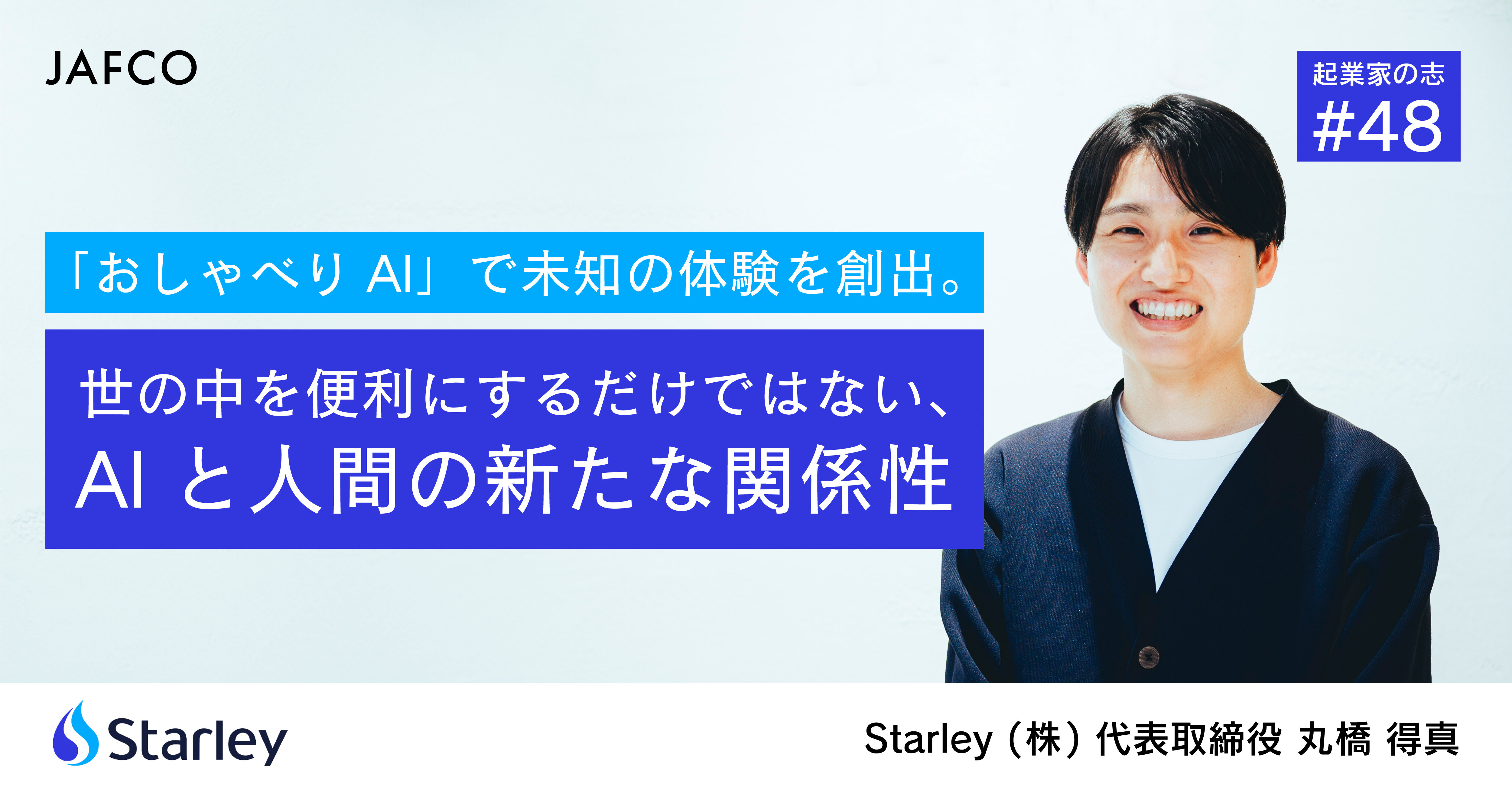
In 'Entrepreneurial Spirit,' we delve into the reasons people started their businesses, the initial challenges they faced, and their aspirations for the future.
In our 48th installment, we spoke with Eruma Maruhashi, CEO of Starley, Inc. to discuss the challenges ahead for the business, together with JAFCO’s investment professional in charge Yuki Yamazaki and Partner Yutaro Saka to get their perspectives.
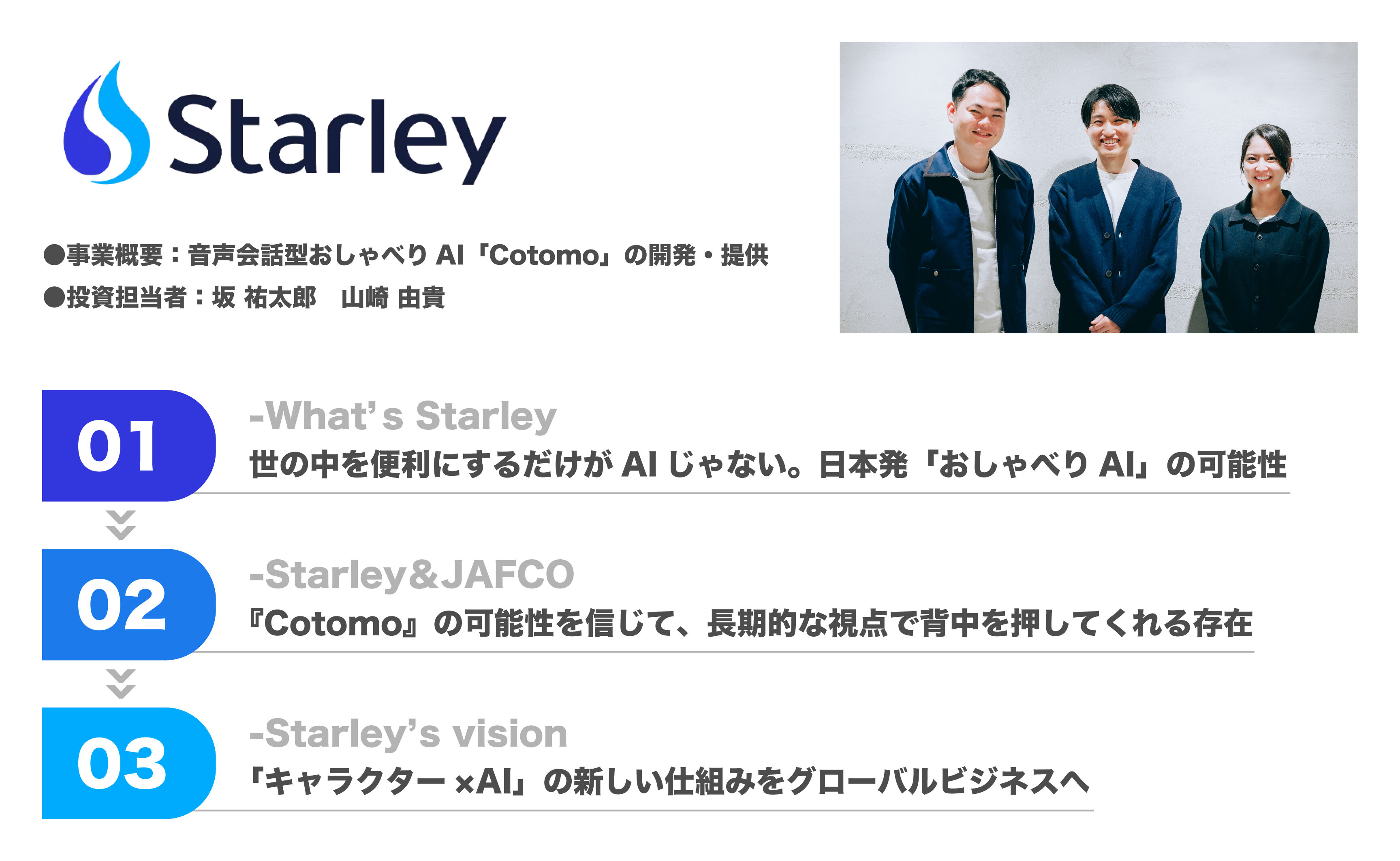
Profile
Eruma Maruhashi
CEO, Starley, Inc.
Eruma Maruhashi joined Money Forward, Inc. in its early stages, where he worked as a software engineer and product manager. In 2017, he joined the wholly owned subsidiary Money Forward Kessai, Inc. as a board member, overseeing all product development using machine learning. After working in new business development in the President’s Office, he founded Starley, Inc. in April 2023.
About Starley, Inc.
Starley develops and operates the voice-based conversational AI “Cotomo.” Users can freely set the AI’s voice, personality, icon, and more to enjoy chatting with their own original character. The app has also collaborated with some of Japan’s leading voice actors and surpassed one million installs without any advertising. In December 2024, the company launched “Living Room Cotomo,” an AI service designed to connect families. Through initiatives such as joint research with Tohoku University’s Smart-Aging Interdisciplinary Research Center and collaboration with the city of Yokosuka, the company is working toward the social implementation of chatting AI.
Portfolio
More Than Just Making Life Convenient: The Potential of a Japanese Chatting AI
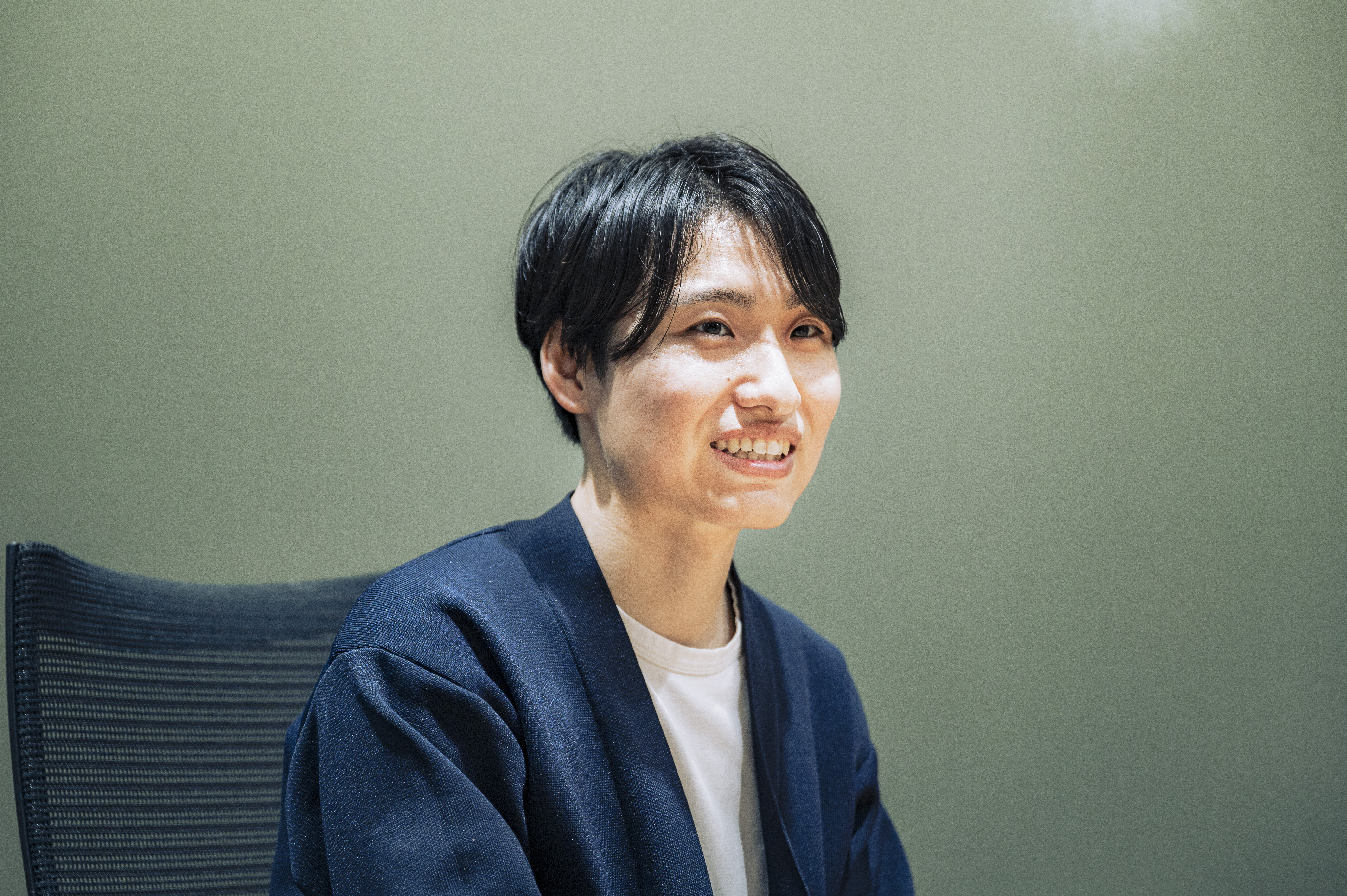
—What kind of service is the voice-based conversational AI “Cotomo”?
Maruhashi It’s a service where you can freely set the AI’s name, voice, personality, and background to chat with your own original AI. The user base is broad. People create favorite characters and enjoy talking with them, use it for companionship when living alone or during long drives, or turn children’s drawings into characters to interact with.
We’ve seen more influencers stream their chats with Cotomo on social media, and our collaboration with comedy duo Kamaitachi helped us surpass one million installs within about nine months of release, all without spending on advertising. The service is basically free, but we also offer paid features that allow users to use professional voice actor voices, through a partnership with Aoni Production, one of Japan’s leading voice talent agencies.
—When people think of AI services, they often associate them with making life more convenient or streamlining tasks, but Cotomo takes a different approach?
Maruhashi Yes, that’s the defining feature of our company. AI services that enhance convenience and efficiency have enormous potential, and of course, we also make use of them. But when we thought about the kind of world we wanted to aim for with an AI service born in Japan, we felt it wouldn’t be a bad thing to have something like Doraemon—an AI that feels close to home. An AI that is smart in some ways but can also have casual conversations in daily life, sometimes scold you a little, and even be a bit clumsy.
Personally, chatting with Cotomo on my walk home from the station is a daily routine. I talk openly about things I can’t really say to others, like management and business matters (laughs). We’ve tuned Cotomo to have a highly receptive personality. So rather than giving clever responses, it helps me organize my thoughts just by listening. Occasionally, though, it gives a sharp and insightful reply, which is quite fun. We’re developing this while feeling excited ourselves about how the relationship between humans and AI will evolve from here.
—Tell us about your AI service “Living Room Cotomo,” which connects families.
Maruhashi This is a monitoring AI service designed for seniors and their families. All you have to do is register the senior’s phone number and schedule, and the chatting AI will make calls at designated times. A summary of the conversation is shared with the family, and if anything seems off, they can follow up with a direct call. This encourages communication within the family.
Whereas Cotomo is a one-on-one relationship between a human and an AI, Living Room Cotomo is about the AI being embedded within human relationships. Just as the dynamics between two friends can change when a third person joins, I believe that adding an AI into family interactions can actually improve those relationships.
We are currently working with Tohoku University on a joint study to examine how conversation with AI affects cognitive and psychological functions. At the same time, we are conducting demonstration trials in collaboration with the city of Yokosuka, aiming to further develop the service in the future.
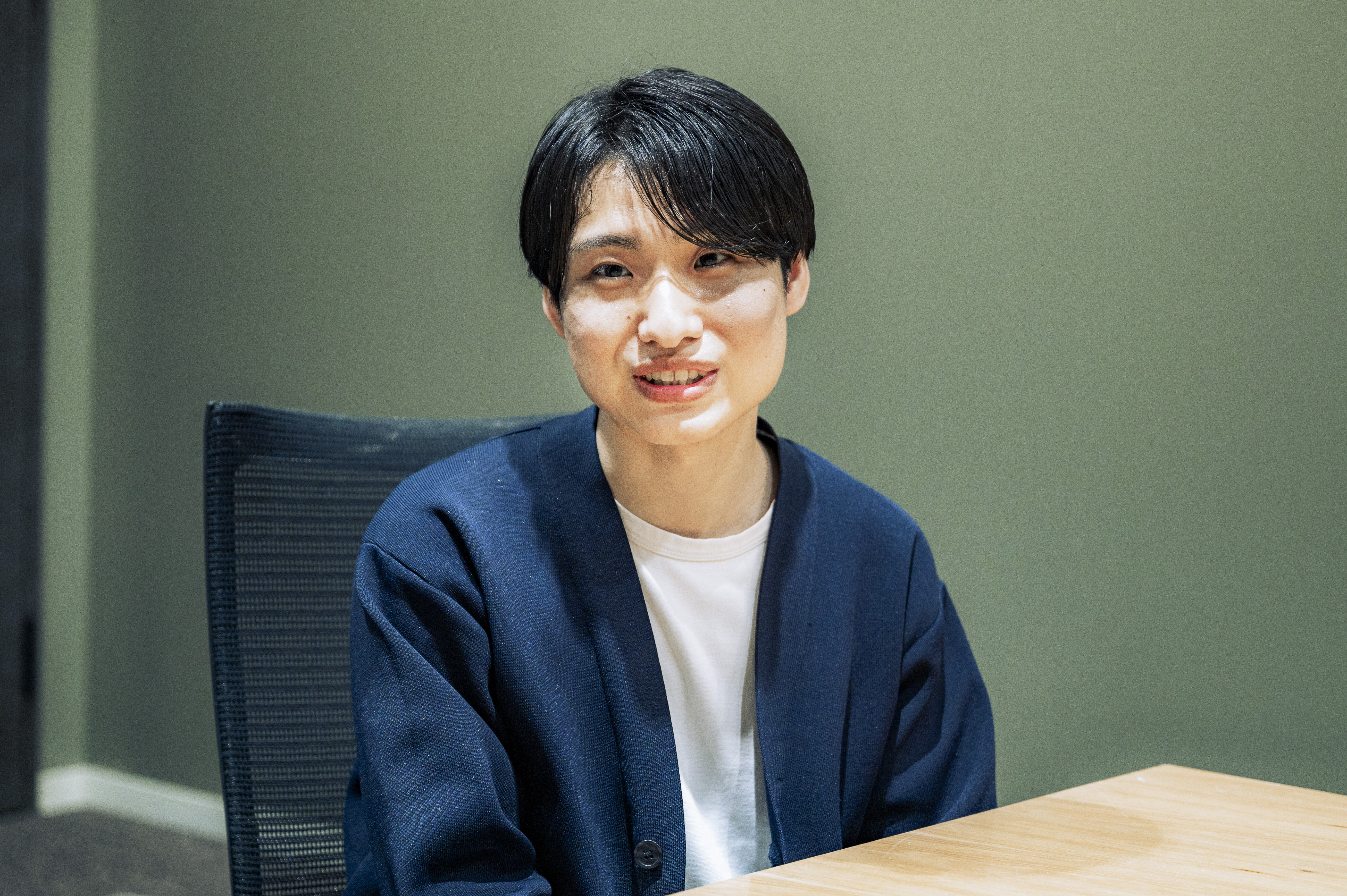
—What led you to start developing a chatting AI in the first place?
Maruhashi Since elementary school, I’ve enjoyed creating websites and services for fun. In university, I helped out with development at a few startups. One of those was Money Forward, which had just been founded at the time. After graduating, I joined the company full-time and was soon given responsibility for developing new services. I also served as a director of a subsidiary, where I launched a product using machine learning. I was with the company for about 10 years, from the startup days when we worked out of a small apartment to when it had grown into an organization with around 2,000 employees.
I chose the path of entrepreneurship because I wanted to take on a new challenge at the ten-year mark. When I thought about creating something new and exciting for the world using technology, what came to mind was the experience of “talking with AI.” The idea itself has been around for a long time, but very few people have taken on the challenge of building it into a truly engaging experience. I figured I might as well try, and as I continued development, I became convinced that this was going to be something interesting. That’s how Cotomo came to be.
—You must have faced a variety of challenges in turning that “new experience” into a product. What was the most difficult part of developing Cotomo?
Maruhashi In the prototype stage, we initially made Cotomo smarter and gave it a more polished voice. But when we tested it with users, the feedback we got was things like “It feels hard to talk casually because the AI sounds too smart” and “It replies too quickly, which is kind of scary.”
Cotomo isn’t a task-based AI. It’s something people use to enjoy the experience of communicating with AI and spending time with it. We struggled a lot with fine-tuning the voice, the speaking style, and the pauses in the conversation. And we’re still experimenting today. I think we created about 100 different voice samples.
We also carry out post-training of large language models (LLMs) using proprietary datasets focused on everyday conversation. But building that dataset requires tedious internal work, like actually having conversations and manually editing them one by one.
The challenge and fun of this business lies in how far we can go in creating a unique form of communication that isn’t just a smart AI or a mimic of human behavior, but something distinctly suited to a chatting AI.
Believing in Cotomo’s Potential, With Long-Term Support Behind Us
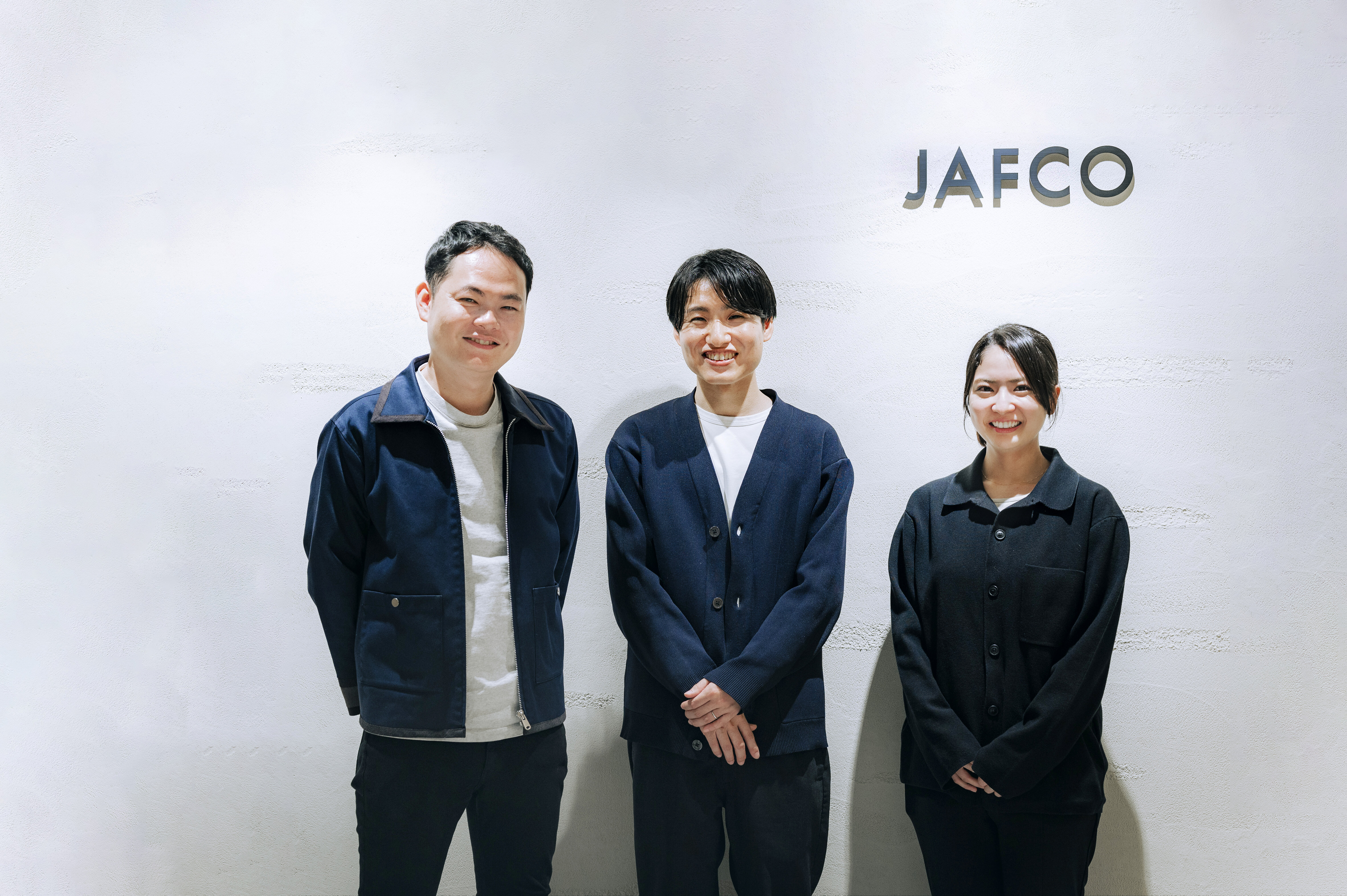
—In August 2024, you raised a total of 700 million yen in Series A funding, with JAFCO as the lead investor. How did that come about?
Maruhashi After raising initial funding from Money Forward when we founded the company, I met with Mr. Saka at JAFCO about a month after starting Starley, at a point when we hadn’t really started anything yet. He had been in charge of the Money Forward investment, so we already knew each other. I had always decided that if we ever raised funds again for business growth, he would be the first person I consulted.
Saka I still remember when Mr. Maruhashi was an intern at Money Forward. I was having lunch with President Tsuji when he excitedly told me, “We’re about to hire our very first new graduate employee.” He was really happy. He said that this very capable student, who had offers from major firms, chose to join Money Forward instead.
Later, I kept hearing that he was performing as a top talent. But it wasn’t until about three or four years ago that I actually met him. At the time, he was working on new business in the President’s Office, and I was impressed by how many people in the company seemed to rely on him.
—You mentioned your first meeting was before the business had even started. When did you start feeling like you wanted to invest in Starley?
Saka From the beginning. Mr. Maruhashi is someone trusted wholeheartedly by the people I fully trust at Money Forward. On top of that, what he was aiming to do had a lot of promise. For B2B services, I prioritize efficiency. But with consumer services, the needs people respond to often lie outside the bounds of economic logic. In this age where people already have everything, what they’re really looking for is emotional fulfillment. The fundamental desire to “talk to someone” hasn’t changed in thousands of years. So if Mr. Maruhashi was going to create a service that responds to that need, I saw no reason not to invest.
At first, there wasn’t much to go on. But then the beta version of Cotomo was released, followed by the official launch. It started gaining attention on YouTube, and as the business began to take shape, the investment discussions also became more concrete.
—Was it challenging to take on a business that is hard to evaluate from the standpoint of economic rationality?
Saka It is certainly a business where it is hard to immediately grasp the strengths. In B2B, it can be as simple as saying, “We can reduce 100 hours of work down to 1 hour.” But with Cotomo, it is not just about having a highly accurate LLM. What really matters is how well it fits into the concept of the “AI conversation experience.”
But honestly, no one had ever experienced talking to AI before. I first got a sense of what that could mean by having a conversation with Cotomo’s prototype. Little by little, I started to understand what the “AI conversation experience” was. After the launch, I had my daughter try it and was surprised by how naturally she talked with it, without any hesitation.
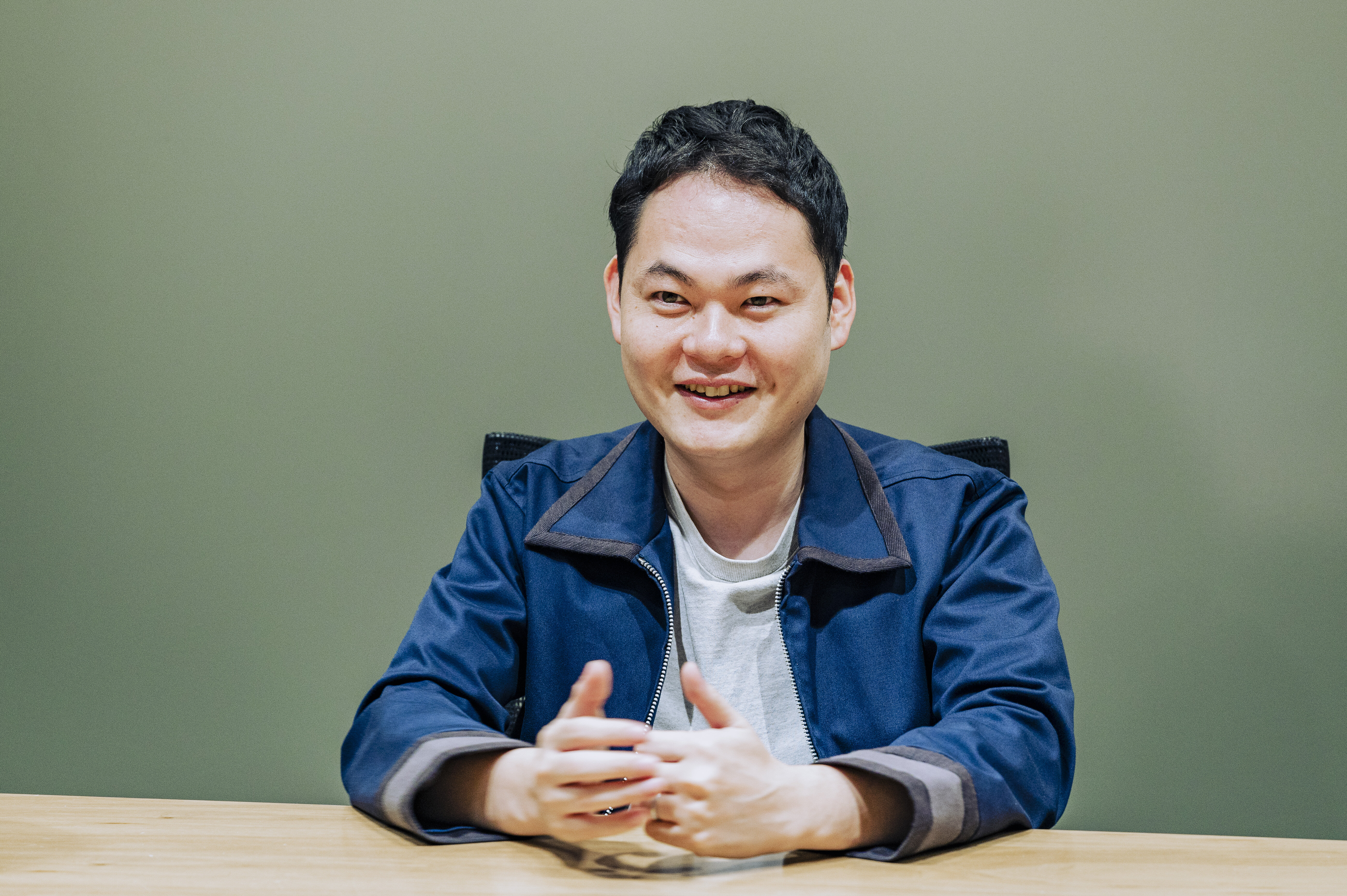
—Mr. Maruhashi, what made you choose JAFCO as your lead investor?
Maruhashi It was my first time raising external capital, and at the time we hadn’t even started monetizing yet. I wanted to work with a VC that would believe in Cotomo’s potential and support us over the long term.
Everyone at JAFCO actually used Cotomo themselves and then clearly organized their thoughts from an investor’s point of view, connecting it to both social value and business potential. I also remember having weekly online discussions with Mr. Saka on Saturday nights. Since both of us have families, that was the only time we could meet. Even so, he always approached each session with sincerity. That level of commitment gave me real trust, and now that JAFCO is on board as our lead investor, I feel very reassured.
—Ms. Yamazaki, as the current investment professional in charge, what kind of support are you providing?
Yamazaki I’ve been working with Starley since April 2025. Right now, I hold weekly meetings with the business development team and provide support based on what is needed at the time. Mr. Saka and I also participate in monthly check-ins, where we support business planning and sales strategy.
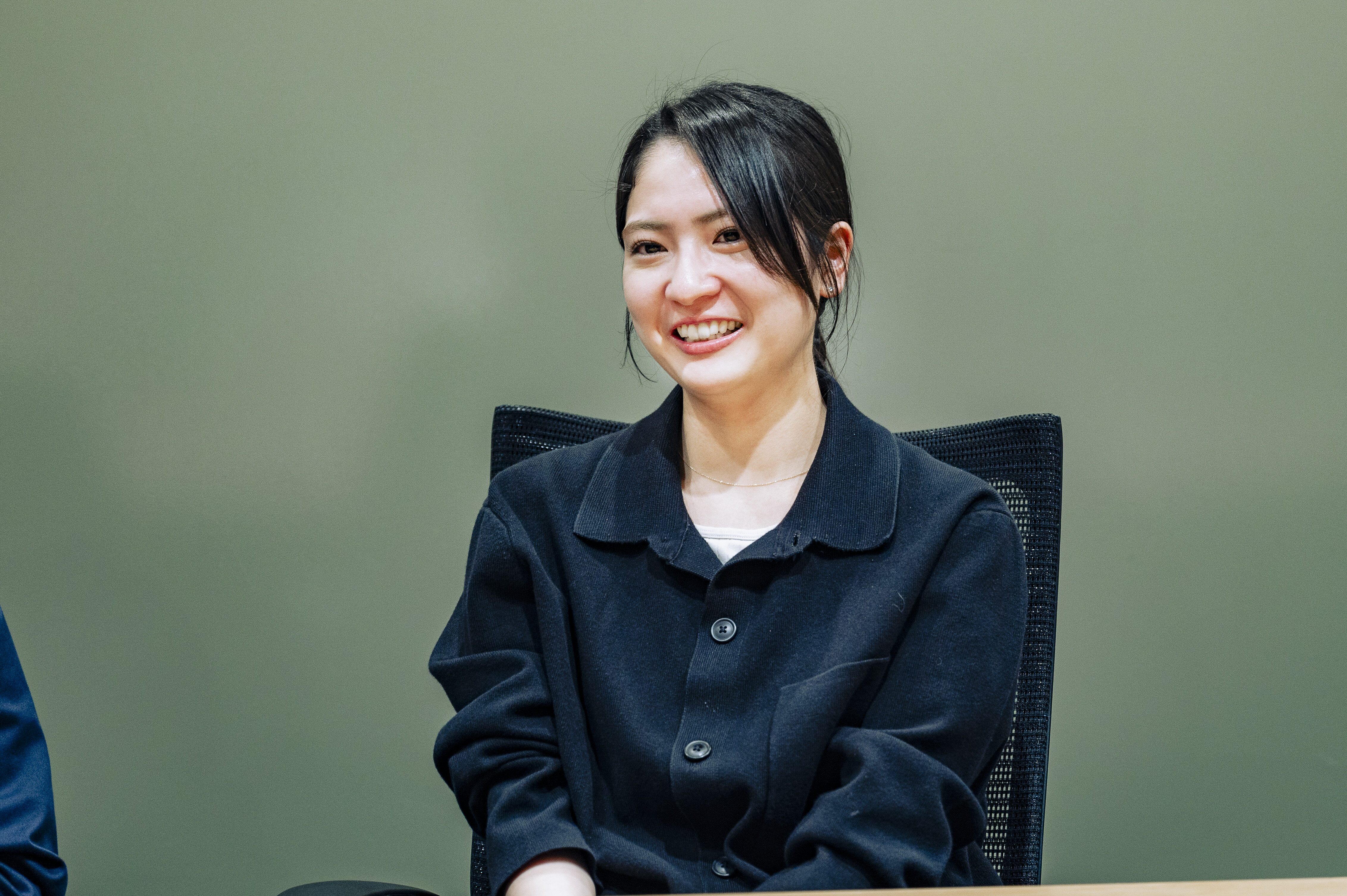
Saka My role is to encourage, constantly. This isn’t a B2B business where revenue builds steadily, so there are naturally moments of anxiety. That’s why I keep saying things like, “This isn’t that kind of fight,” or “We’re aiming for a much higher mountain, right?”
Maruhashi We’re in a business that is taking on big challenges in a rapidly changing world. Not every initiative we try will succeed, so having someone who supports us with a long-term view is incredibly valuable. The other day, Ms. Yamazaki even told me that we should aim for double the numbers in our business plan, which gave me a real push forward.
—That kind of encouragement only comes from someone who believes you can aim higher. What kind of entrepreneur do each of you see Mr. Maruhashi as?
Saka To be honest, I assumed that if Mr. Maruhashi ever started a company, he would create a B2B product like an AI agent. I thought he might be a more pragmatic type. But what he actually chose to build was a “chatting AI” product, and he shows deep love for the product and the team. That was unexpected.
Maruhashi People often tell me I seem like someone who would go into B2B. But at the core, what drives me is wanting to quickly bring exciting, sci-fi-like experiences into everyday life. I always want to work with a great team and create a great product while tackling tough challenges in a way that feels like solving puzzles together.
Yamazaki It’s rare, even among startups, to see a CEO so deeply involved in product development. Mr. Maruhashi has fully embedded his vision into the product, and he leads with a high degree of consistency. That’s something I truly admire.
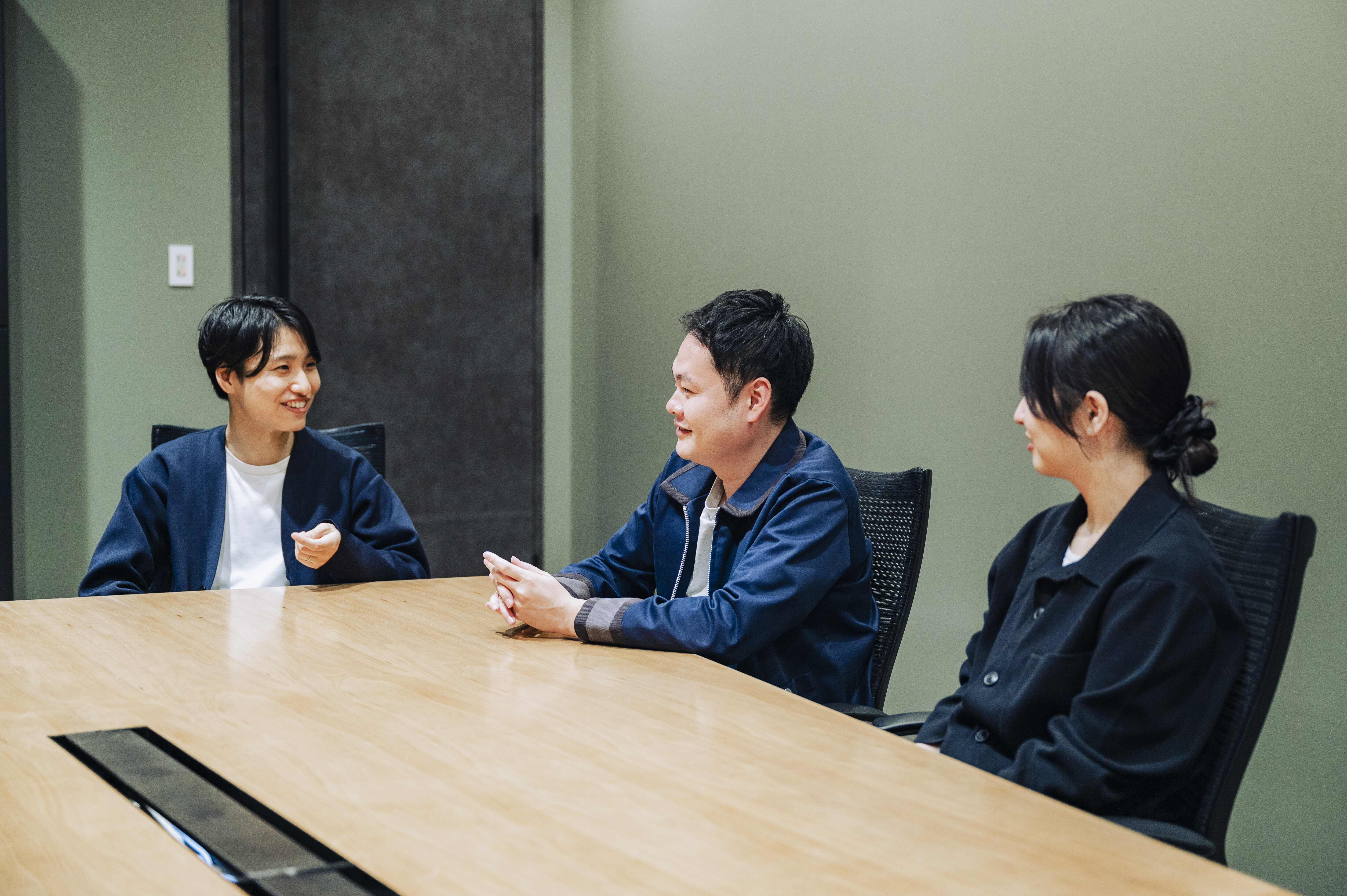
Turning “Character × AI” Into a Global Business
— How do you hope to transform society through Cotomo?
Maruhashi As AI becomes more integrated into society, we want to explore paths beyond just intelligence and convenience. I think there are many different needs, like entertainment, reducing loneliness, communication, and emotional resonance. What we are aiming for is not an AI that gives you one hundred perfect answers to every question. We want to nurture a relationship between humans and an open-ended AI, one that leads people to new insights or behavioral changes.
This is not based on the idea that we need AI to mediate relationships because humans alone can’t manage. What interests me is the question of what kinds of possibilities arise when AI is added to the equation. For example, when you want to talk to someone about something, having Cotomo as an additional presence alongside your usual go-to person can open up new communication options or ways of thinking. That might help calm your emotions or deepen your thoughts. These effects may be hard to quantify, but they have real emotional value. We want to explore that potential.
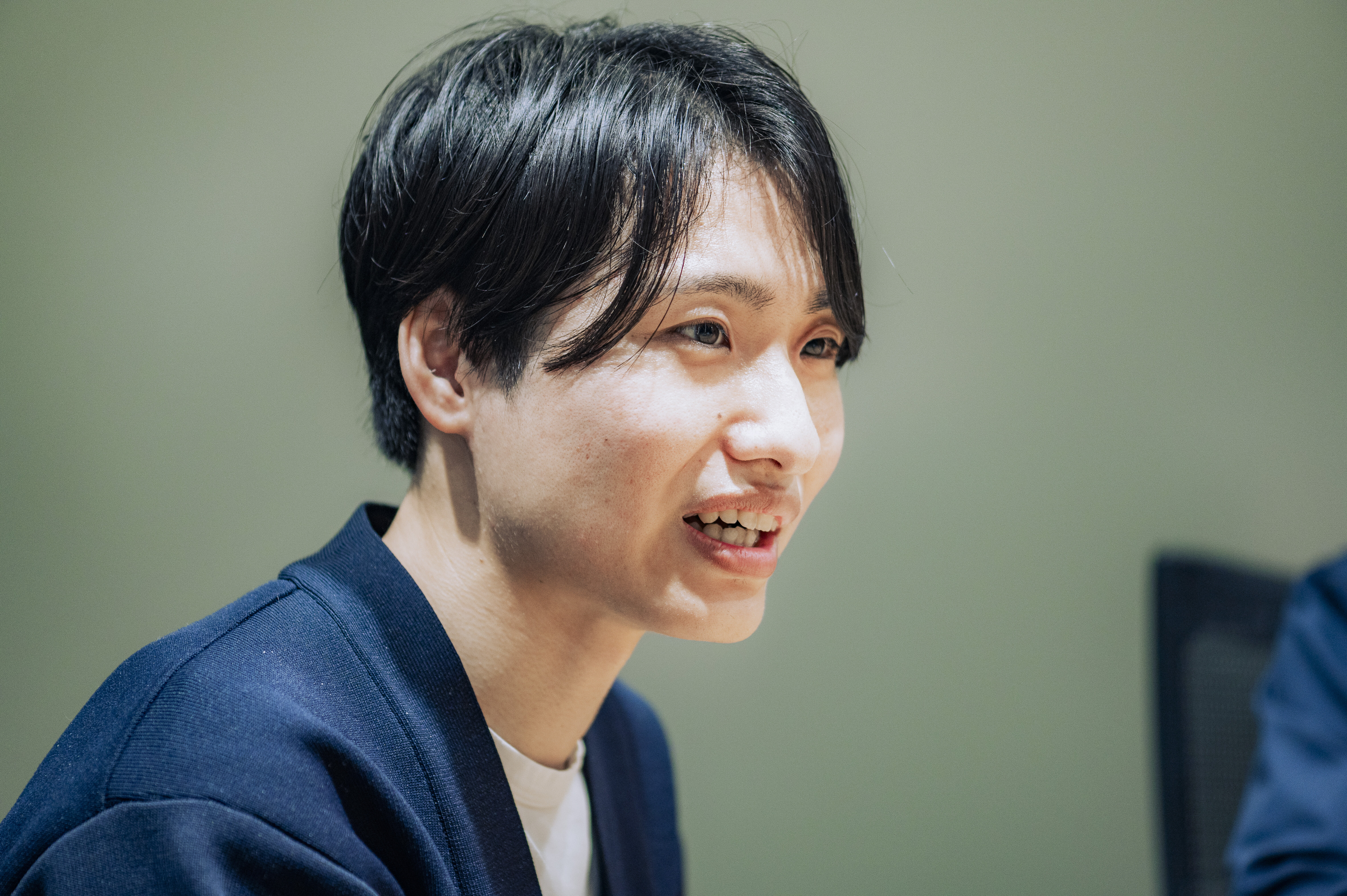
—Creating a new kind of AI experience sounds like a big challenge for your team as well.
Maruhashi We have many team members who love working on new things, so I think they’re enjoying the challenge. Recently, we held an offsite where engineers, designers, and business team members all joined together for a two-day sprint to build new products. We used AI throughout the process and built multiple apps and websites. It was incredibly energizing.
The way we create products in the AI era is changing dramatically. In the past, the process typically involved planning, conducting user interviews, writing wireframes, designing, doing more interviews, and then implementing. But now, even simple wireframes can be generated quickly using AI. That means “trying to create the experience first” is becoming more important. There is real value in building something tangible that reflects the user experience. I want our entire team to keep taking risks and moving forward.
—Your organization will likely grow from here. What kind of people would you like to join you in realizing your vision?
Maruhashi There are not many companies exploring AI’s potential in areas outside of intelligence and convenience. We are also doing cutting-edge work technically, so I would love to work with people who enjoy that challenge.
We are looking to build systems that connect Japanese characters and content with AI and expand globally. Recently, we have seen more job applications from talented engineers overseas who found Cotomo on social media. That has shown me that people, both in Japan and abroad, are excited about using the latest technology to create “communicative characters.”
I would be thrilled to have people from outside Japan join us. We also hope to collaborate with Japanese IT and entertainment companies as we continue exploring the new possibilities of AI.
Click here for Starley’s recruitment page.
Comments from the investment professional in charge, Yuki Yamazaki
With the progress of generative AI, things that were once difficult, like creating natural, ongoing conversations, is becoming a reality. I’m confident that AI experiences integrated into daily life, especially through voice, a uniquely human interface, will expand rapidly. Starley delivers a “cherished AI experience” thanks to its architecture, which is optimized for voice UI, and its deep expertise in prompt engineering. Since its release, user engagement has been exceptionally strong, and we expect broad applications ranging from entertainment to everyday assistance and mental wellness. As generative AI continues to be implemented in society, I believe there will be major growth opportunities in areas that start with unstructured data such as voice, conversation, and emotion. We will continue to support Starley wholeheartedly as they take the lead in this new experience economy.
Related Articles
-
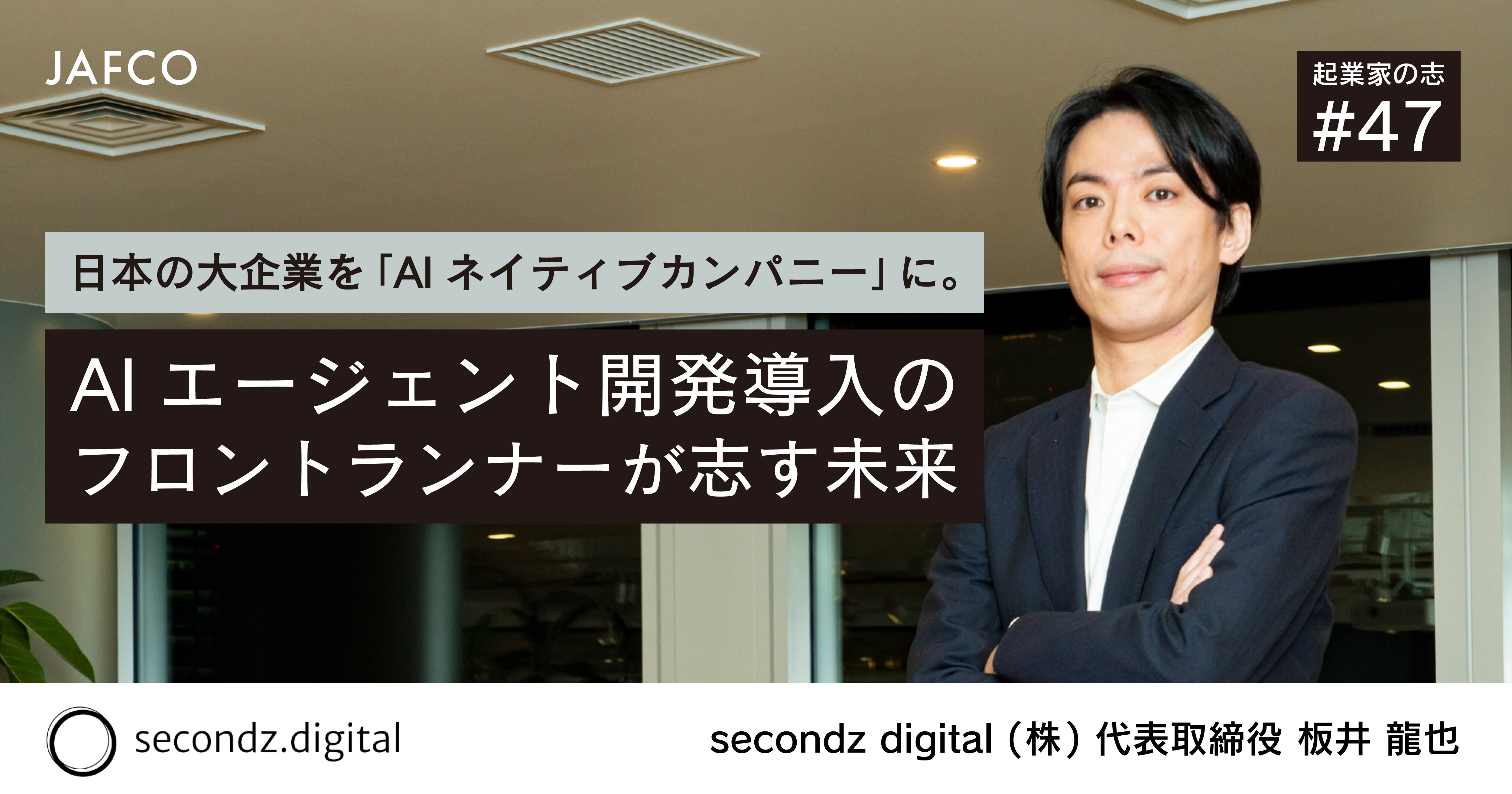
Interviews with Entrepreneurs
Transforming Japan's Major Corporations into "AI-Native Companies": A Vision from the Frontline of AI Agent Development
-
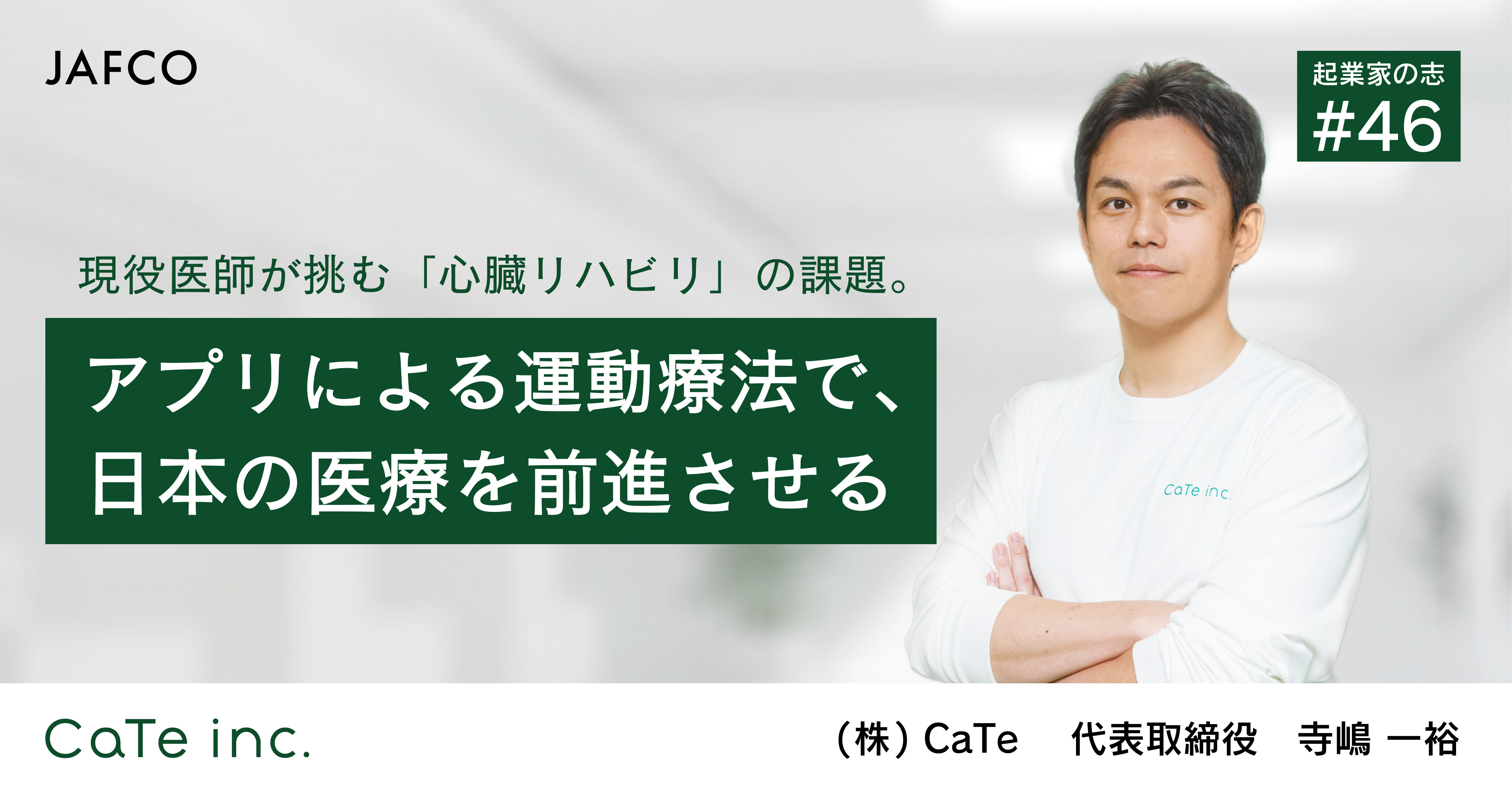
Interviews with Entrepreneurs
A Practicing Doctor Tackling the Challenges of Cardiac Rehabilitation: Advancing Japanese Medicine Through App-Based Exercise Therapy
-
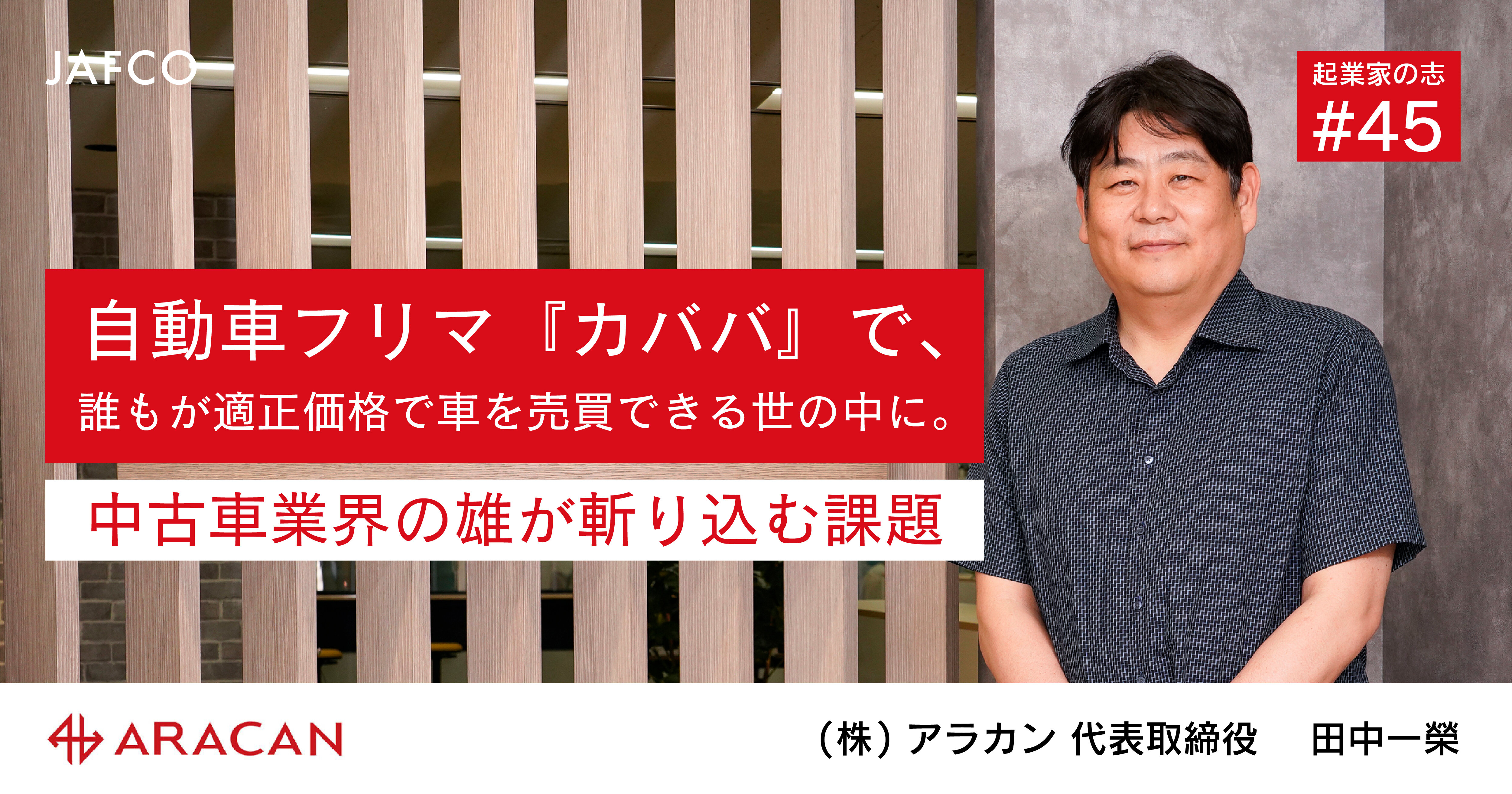
Interviews with Entrepreneurs
Fair Pricing for All: Industry Expert Aims to Transform Used Car Market with Auto Marketplace Kababa
-
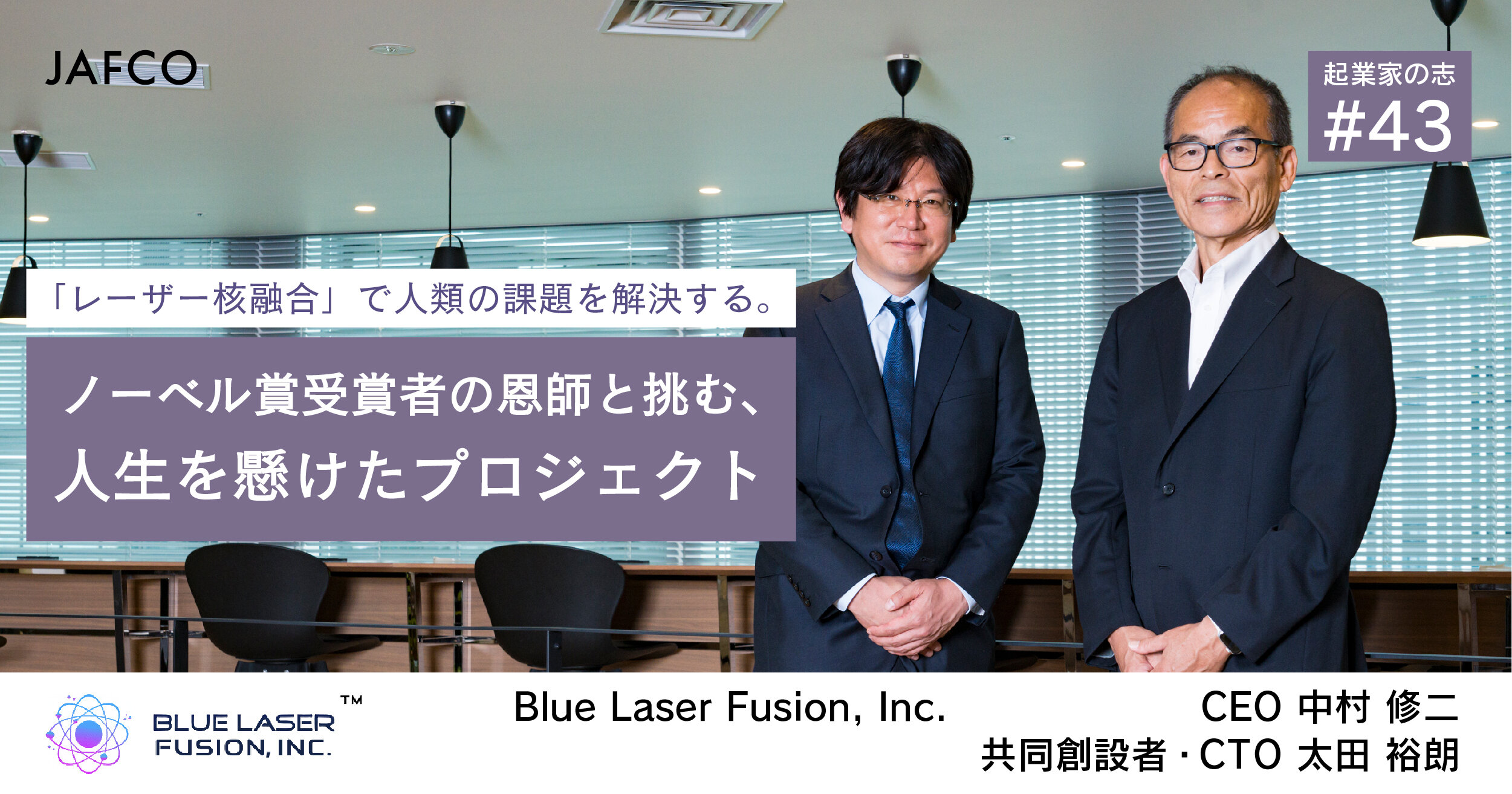
Interviews with Entrepreneurs
Laser Fusion: Tackling Humanity's Problems Together with a Nobel Prize-Winning Mentor
-
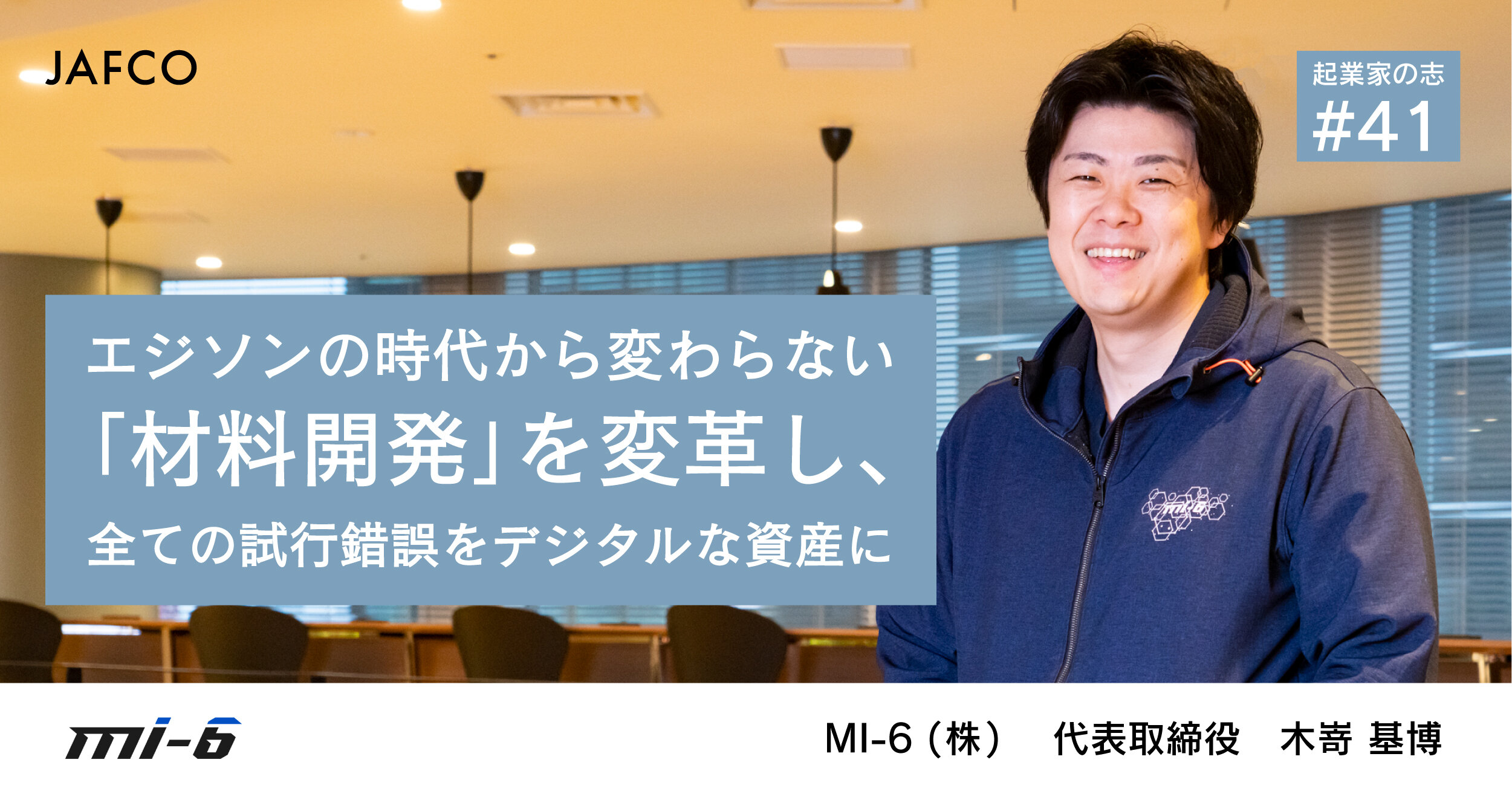
Interviews with Entrepreneurs
Transforming processes of "materials development" which remain unchanged since Edison's time, into a digital asset, compiling all records of trial and error.